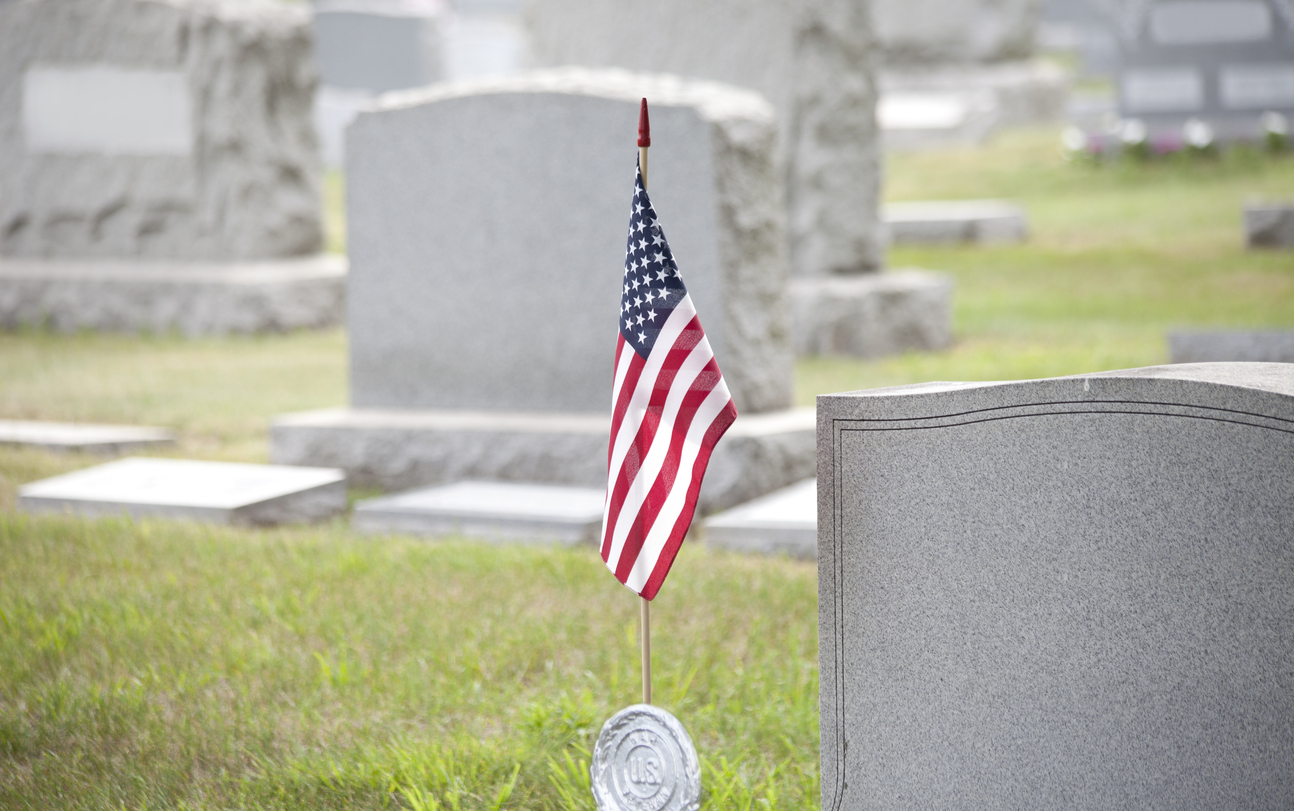According to CBS News, there has been a steady increase in the number of accidental deaths around the country in recent years. Between 2013 and 2014, for example, there was a 4.2-percent spike in the rate of unintentional injury deaths, which coincides with a 15-percent increase over the past decade.

Experts estimate that an American dies from injuries sustained in a preventable accident every four minutes. Some of the most common causes of accidental death include:
- Falls;
- Motor-vehicle collisions; and
- Poisonings.
If you lost a loved one because of someone else’s negligence, your family may be entitled to compensation for any associated damages. To find out if your case has merit, contact The Law Office of Brian K. Branch, PC.
When you need help from a compassionate attorney, turn to a firm that has spent years working with clients just like you. With more than three decades of combined experience, our team has the knowledge and professionalism to help you through this tough time. Call 505-207-4401 to arrange a free case evaluation with a wrongful death lawyer in Albuquerque.
How to Prove Fault in a Wrongful Death Claim
There are four main elements of every successful wrongful death claim: a duty of care, a breach of this duty, causation, and damages. In order to secure a settlement that will cover the costs your family has incurred, you must be able to prove each element.
Proving a Duty of Care
In many cases, duty of care is implied. For example, all motorists owe a duty of care to one another to follow the rules of the road. Likewise, all healthcare providers have a duty to do no harm when treating patients and to use accepted standards of care.
At the end of the day, proving duty of care comes down to establishing the relationship between the deceased and the defendant.
Proving a Breach of This Duty
After establishing that the defendant owed the deceased a duty of care, you must demonstrate how this duty was breached. The kinds of evidence you will need to prove the breach depend on the details of the case.
If your loved one died in a car accident with a distracted driver, for example, your attorney may obtain the defendant’s cell phone records, which could show that he or she was texting at the time of the collision. Other kinds of evidence that can prove a breach of duty include:
- Police reports;
- Witness testimony;
- Photographs of the scene; and
- Statements from expert witnesses.
Proving Causation
Causation simply means that the breach of duty was responsible for the circumstances that ultimately led to your loved one’s death. For example, in cases involving medical malpractice, you need to show how the provider’s negligence contributed to the death and prove how it would not have occurred had the provider used accepted standards of care. Autopsy reports and statements from specialists can serve as evidence in these cases.
Proving Damages
Damages refer to the costs your family incurred as a result of the loss. Receipts, income statements, and other financial records can help demonstrate damages.
Although proving fault may sound fairly straightforward, gathering the kinds of evidence mentioned above can be time consuming and challenging, especially when you are grieving. Fortunately, The Law Office of Brian K. Branch, PC can help you navigate the proceedings every step of the way.
Contact us online or call 505-207-4401 to schedule a free consultation with a wrongful death attorney in Albuquerque. You can learn more about wrongful death claims in New Mexico by visiting the USAttorneys website.




